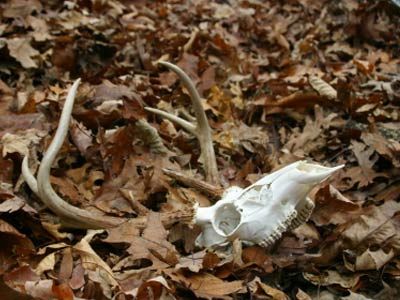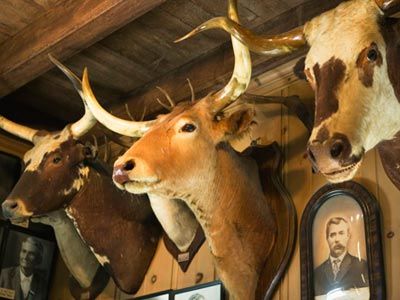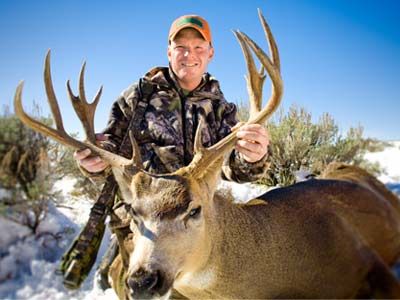We've all watched those documentaries on the Discovery Channel that showcase animals roaming through their natural habitats. No matter which animals are featured, you can be sure the show will document its hunting technique. And as much as you want to change the channel when the lioness starts to approach that straggling antelope, your eyes are glued to the screen. You just can't look away while the lion separates that slow, weak antelope and mercilessly claims it for her tribe.
This strategy of separating weak prey from the pack is the basis of a technique of population control and hunting called selective culling. The word "cull" means to separate an animal, usually one that is inferior or weaker than its peers, from its herd. By doing this, predators remove the weak link, in essence leaving the remaining herd stronger.
Advertisement
Selective culling doesn't have to occur through hunting, but it often does. Many sportsmen say they view hunting as a means of population control, but when they're out there, they focus solely on trophy hunting. They go after the largest specimens, like bucks with multipoint antlers. When you hunt for selective culling, you target the diseased or aged members of a herd. By focusing on these candidates, hunters still get the thrill of the hunt but also cull the herd. As is the case with most hunting techniques, the practice has adamant supporters and harsh critics.
So tear your eyes away from the nature show for a few more minutes and further your education on selective culling. On the next two pages, we'll outline why some support the technique and others disapprove.
Advertisement



